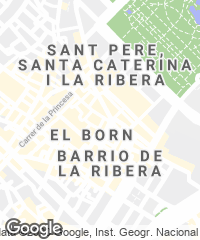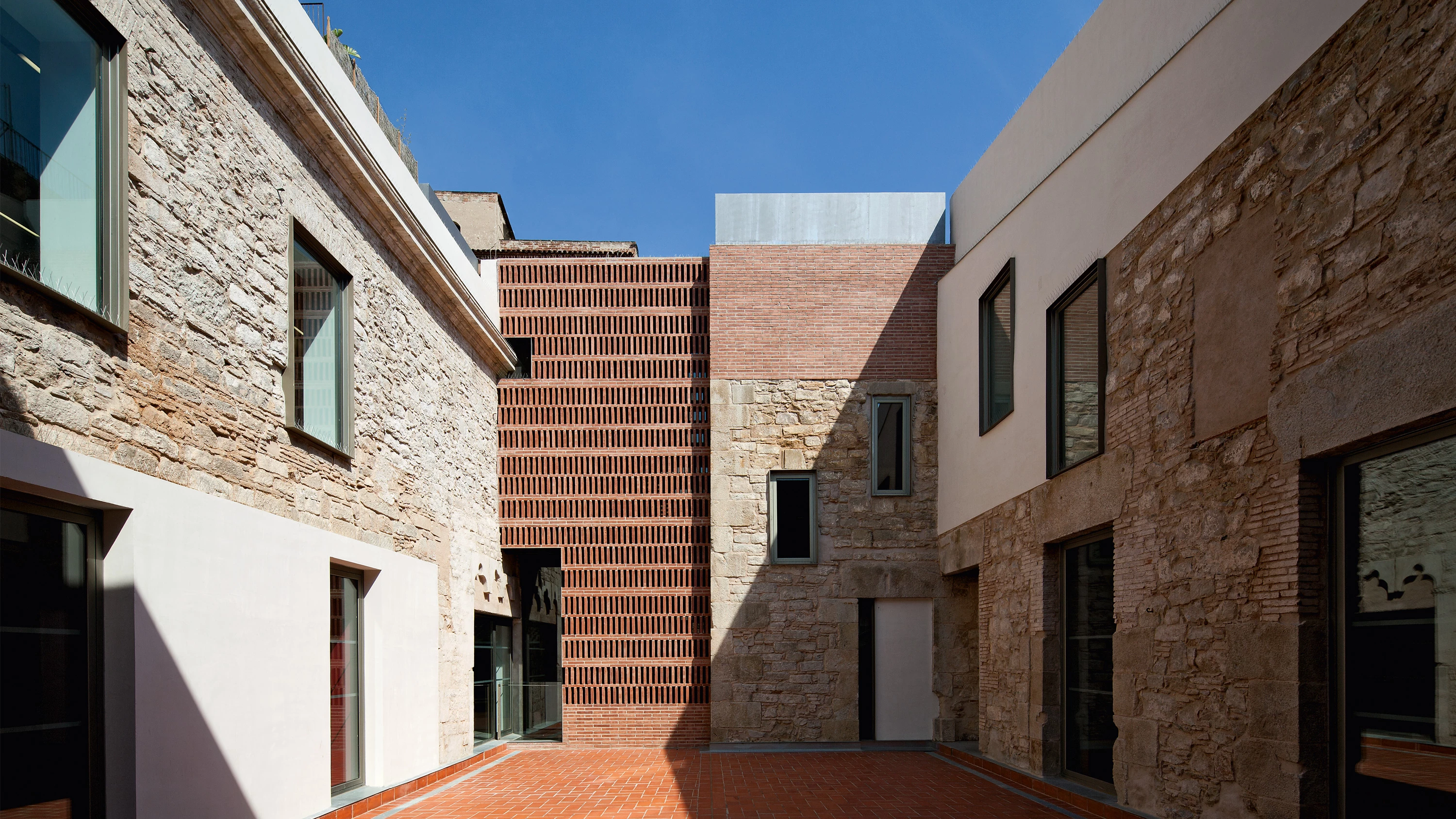La Seca, Barcelona
Meritxell Inaraja- Type Performing arts center Culture / Leisure Refurbishment
- Material Ceramics Brick
- Date 2011
- Country Spain
- Photograph Wenzel


The Catalan word ‘seca’ (in Spanish ‘ceca’) comes from the Arab word sekka and means ‘place where coins are made’. In Barcelona, La Seca was the name given to the Real Casa de la Moneda (Royal Mint) of Aragón, where coins were minted from the 15th to the 19th century. The building preserved vestiges of the 13th century prior to its use as a factory, but the main structures are from the 17th century. When the factory fell into disuse in the 19th, the building was reused as dwellings and warehouse.
The restoration project is based on the total compatibility between the preservation of the existing building and the new use it has been given as Espai Escènic Brossa, dedicated to theater production and creation.
The project maintains the original building layout with a central courtyard that will become part of the new space. Everything is completed with the construction of two new pieces that do not affect the building’s heritage and allow adapting it to the new program.
The wall structures and heritage elements of different characteristics and periods have been restored using the existing materials and techniques similar to the original ones. The new elements have been completed with commonly used contemporary materials. The enclosures are executed with a single material, solid ceramic brick: a reference to the 19th-century chimney of La Seca.







